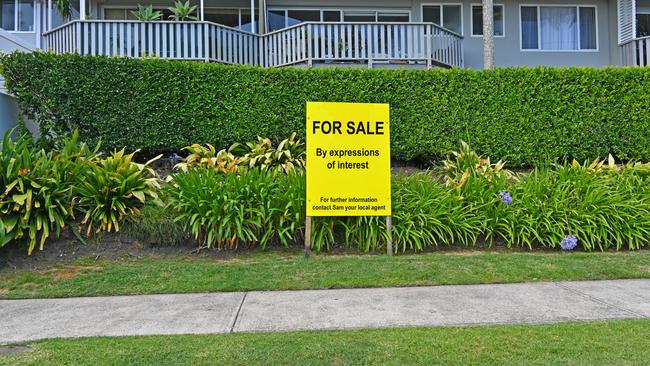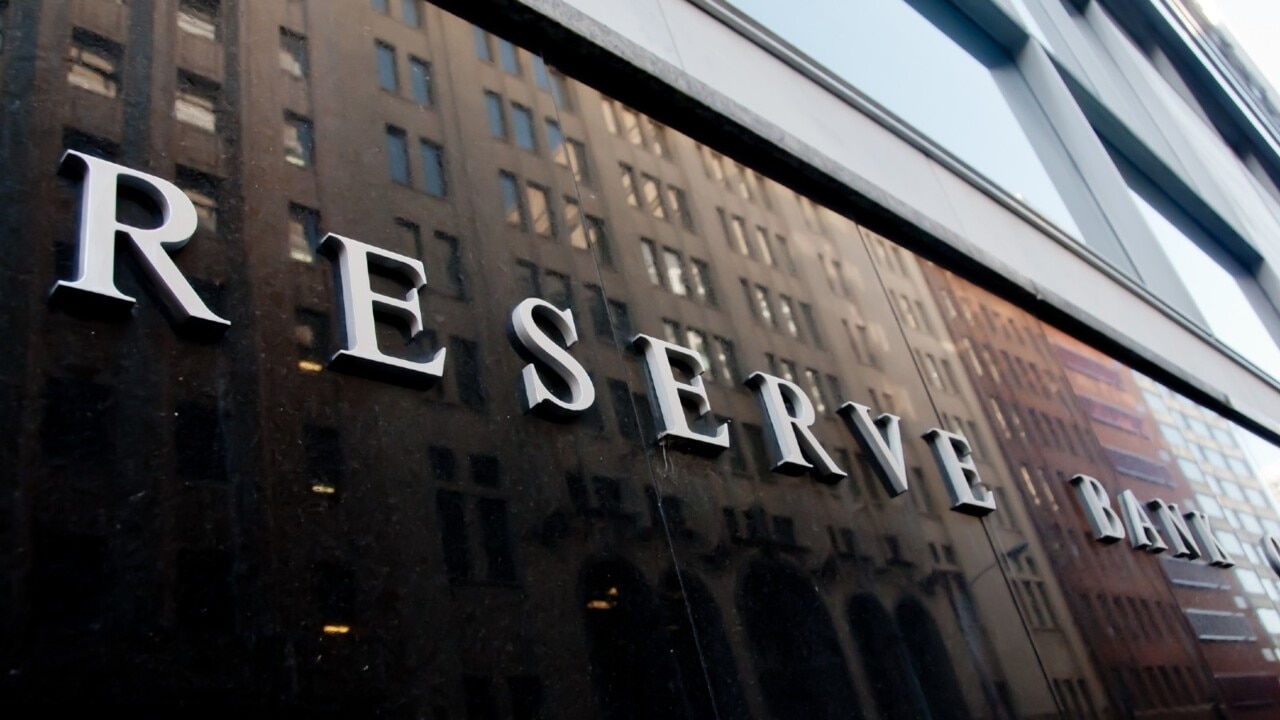
The figures are only for prices over a rolling four week period – but the point surely is that they are not falling.
Indeed, Sydney – the bellwether for the residential market, where prices fell first in this cycle – managed an 0.8 per cent increase. It was the state’s first month-on-month increase since January 2022.
Moreover, the latest figures have not fully captured the changing outlook for rates off the back of the bond market turmoil since the collapse of SBV bank in the US.
On one reading, the recent drop in yields in bond markets may ultimately lead to lower interest rates.
This is one reason why banks such as NAB are now talking of US rate cuts before the end of the calendar year.
Property research group CoreLogic reports: “Momentum in the housing downturn has been easing since September last year with value falls virtually flat lining in February.

“On a rolling four-week basis – which provides a useful proxy for monthly change – Sydney (+0.8 per cent), Melbourne (+0.2 per cent) and Perth (+0.1 per cent) are all recording a lift in values. Brisbane remains unchanged over the past four weeks, and Adelaide is now the weakest of the five largest capitals with values down -0.4 per cent.”
The cumulative drop in house prices from the peak in mid 2022 has been around 9 per cent. Many forecasters continue to expect the peak-to-trough drop will ultimately be between 15 and 20 per cent.
Why the change in tempo and how seriously can we judge one month’s figures?
CoreLogic research director Tim Lawless is careful not to rush to any conclusions, suggesting the market is “still facing considerable downside risk”.
But Lawless suggests a very strong lift in immigration as a key new factor in house price dynamics.
“The surge in permanent and long-term migrants could be another factor supporting stronger market conditions,” he says.
“While most of the housing demand from overseas migration is likely to flow into rentals, we may see a higher than normal portion of long-term migrants choosing to buy rather than rent.”
Rising immigration levels will certainly add strength to the argument that rental vacancy rates are now so tight they will maximise the potential volume of new home buyers – even allowing for higher rates.
This week the SQM group reported that vacancy rates were unchanged across the nation at 1 per cent over the month of February.

BuyersBuyers group co-founder Pete Wargent says: “The chances are that some parts of the market have already bottomed – especially A-grade family properties.
“But it is by no means the case everywhere; this could be a slower change than many people realise.
“I expect it will be a process not an event; even if rates peak, there are still a lot of tightening effects to go through the wider market.”
The other key factor in whether a substantial turn is taking place in the residential market is the simple mathematics of listing volumes. As the market has dropped in recent months the number of people willing to list their home for sale has dropped in tandem as homeowners will avoid selling into the falling market if they can.
The volume of listings on the market is down by about 20 per cent on five-year average numbers for this time of the year.
As the CoreLogic report warns: “One of the key metrics to watch will be the flow of new listings coming on to the market. Any sign of a larger than normal level of freshly advertised stock could signal that prospective vendors are not willing or able to wait out the downturn any longer.”






Just when you thought the 10th interest rate rise would collide heavily with the outlook for house prices, it turns out that values have actually risen in Sydney, Melbourne and Perth.